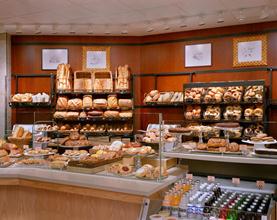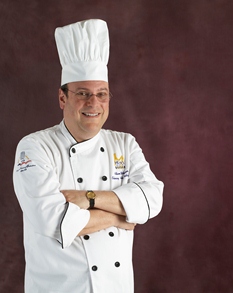By Dr. Fred Mayo, CHE, CHT
 Site visits, or field trips, are great educational experiences that provide students with an industry perspective we cannot provide in our classrooms.
Site visits, or field trips, are great educational experiences that provide students with an industry perspective we cannot provide in our classrooms.
Last month, we discussed Organizing Review Sessions, which help students prepare for examinations. However, the activity that broadens their education the most is probably field trips to restaurants, foodservice facilities, dining rooms, food markets and other organizations in our industry. While the logistics of these visits can be a challenge, this "Mayo's Clinic" will focus on making these trips into valuable educational experiences, a task that requires some careful planning ahead of time and the attention to appropriate follow-up assignments.
Planning for a Field Trip
One of the hardest activities for many of us is identifying the correct site for a field trip and then integrating it, effectively, into the courses that we are teaching. Often, the sequencing of the field trip becomes a challenge because the availability of the site might not match the timing of when appropriate topics are covered in the course. Sometimes, I have used a field trip to start attention to a topic and at other times, been forced to use it to review material later in the course.
 Leading fast-casual restaurant chains not only weathered the economic storm, they prospered, reports NPD.
Leading fast-casual restaurant chains not only weathered the economic storm, they prospered, reports NPD.
 Daniel Holzman of The Meatball Shop in Manhattan doesn't miss the pressure of fine dining. That's partly because he's smiling all the way to the bank.
Daniel Holzman of The Meatball Shop in Manhattan doesn't miss the pressure of fine dining. That's partly because he's smiling all the way to the bank. Site visits, or field trips, are great educational experiences that provide students with an industry perspective we cannot provide in our classrooms.
Site visits, or field trips, are great educational experiences that provide students with an industry perspective we cannot provide in our classrooms. Mind the chef, don’t steal and watch food costs. Students should live by these and eight other essential dos and don’ts to remain employed in that job for which you’ve trained him or her.
Mind the chef, don’t steal and watch food costs. Students should live by these and eight other essential dos and don’ts to remain employed in that job for which you’ve trained him or her. On Earth Day and every day, Culinary Institute of America students go green in many ways.
On Earth Day and every day, Culinary Institute of America students go green in many ways.